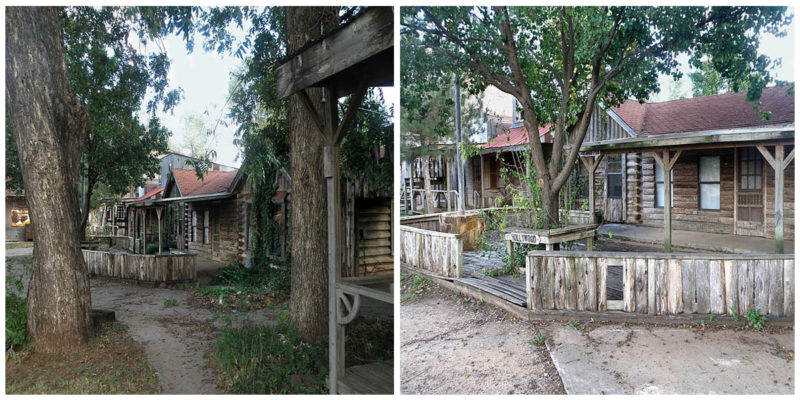Staked out by settlers in the Oklahoma Land Rush of 1889, Arcadia was named after a region of Greece which is renowned as an unspoiled paradise; in Greek mythology, beautiful Arcadia was home to Pan, the god of nature, mountains, and dance. Farms were quickly established on the fertile land and cotton became an important crop for the town’s economy.
Arcadia’s post office opened in 1890 with a woman by the name of Sarah J. Newkirk as the first postmistress. The town was transformed into a major agricultural center for the surrounding urban areas when, in 1902, the Missouri, Kansas and Texas Railroad constructed a branch line that went from Bartlesville to Oklahoma City. The new transport link brought more people into Arcadia, and cotton, livestock, and other produce could now be delivered to market much more efficiently.
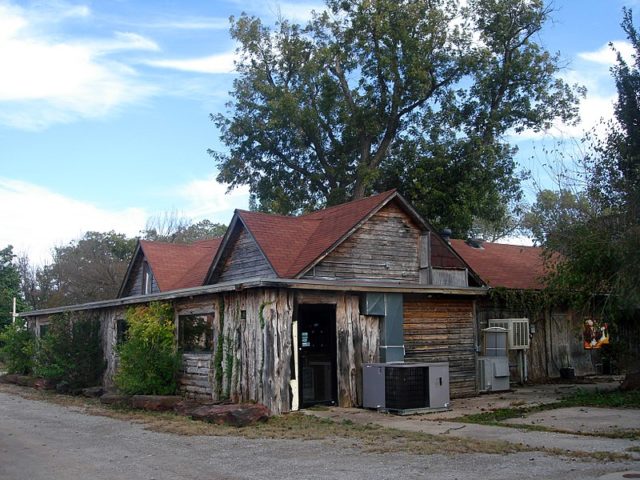
By 1910, the town had two schools and three churches. Under Jim Crow law, the schools were segregated by race: one for the white children and the other was for those “of color.” Also two banks were opened in town, two cotton-processing workshops, and several stores. One of the few buildings to survive a fire that raged through the business district in 1924 was Tuton’s Drugstore — today, it has been turned into an art gallery and is a popular tourist stop.
When the famous Route 66 was assigned through Arcadia, just like the railroad, this highway brought more people and, with them, more income into Arcadia’s economy.
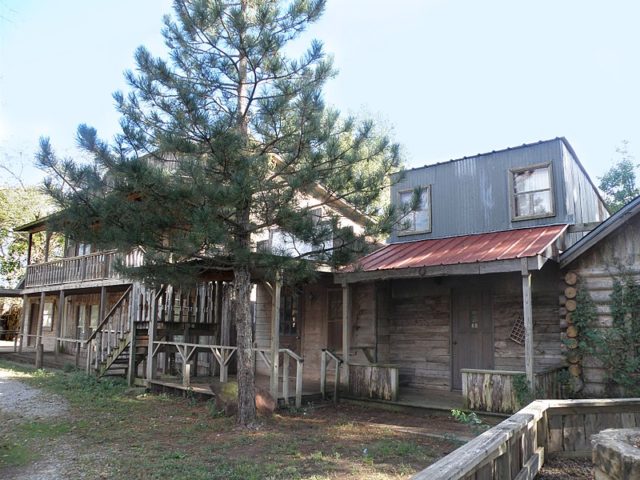
One of the most outstanding structures found in Arcadia is the Round Barn, situated beside a disused gas station and overlooking the Deep Fork River. Since its construction, the Round Barn has piqued the curiosity of both Arcadia’s residents and its visitors.
It was created by William Harrison “Big Bill” Odor, who arrived in Arcadia in 1892. He began clearing the land where the unique barn was to be erected in 1898. First, he set up a small lumber mill to cut the local bur oak for the walls and roof rafters, which he soaked in water to soften and set into shape in jigs of his own manufacture.
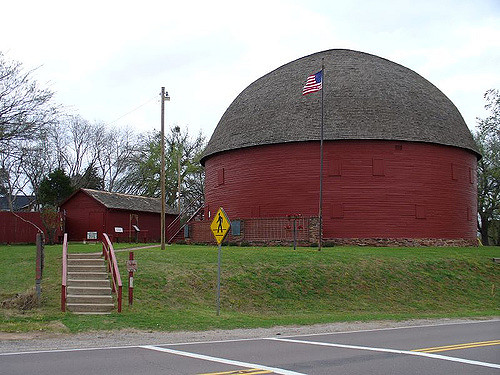
Nothing like Big Bill’s design had ever been constructed in this area; apparently he was inspired by Oklahoma’s devastating tornadoes to create a barn which would be able to withstand the violent winds. It could be that he was spurred on by neighbors who said that it would never work.
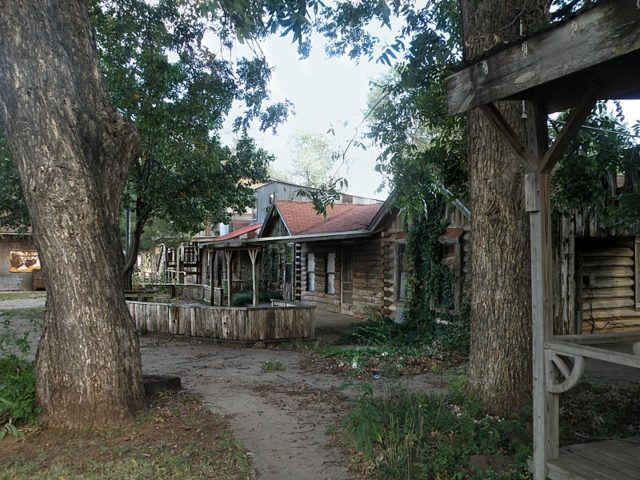
The finished 60-feet-diameter barn housed livestock, grain, and hay, but this was not its only use. During construction, the young workers persuaded Big Bill add a second floor and to let them use the barn for dancing. The loft of Bill’s Round Barn thrived as a community hub for years, drawing dancers and musicians from all across Oklahoma. And thanks to Route 66, the red Round Barn became a well known landmark.
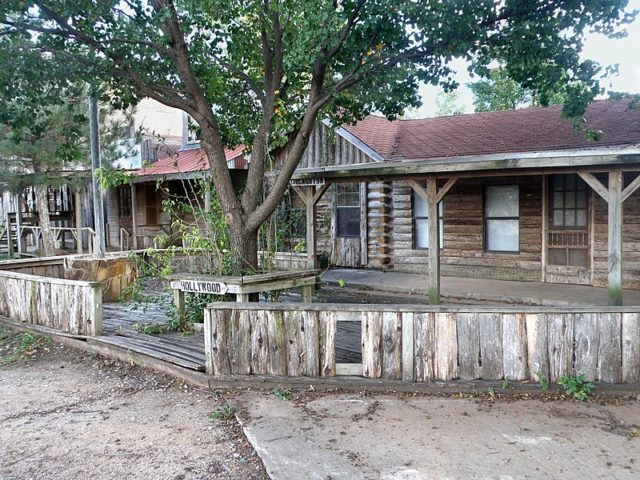
The popularity of Arcadia started to fade after the Great Depression, when Route 66 became the “road of flight” for many searching for a better tomorrow, and even more so after the end of the Second World War. Truth be told, these two events in history were a heavy blow for many towns across the U.S.
With time, the Round Barn started to deteriorate; it passed through a number of different owners, but remained so neglected that the roof partly collapsed in 1988. A group of volunteers, who named themselves the Over the Hill Gang, decided to revamp it using the same techniques as Big Bill.
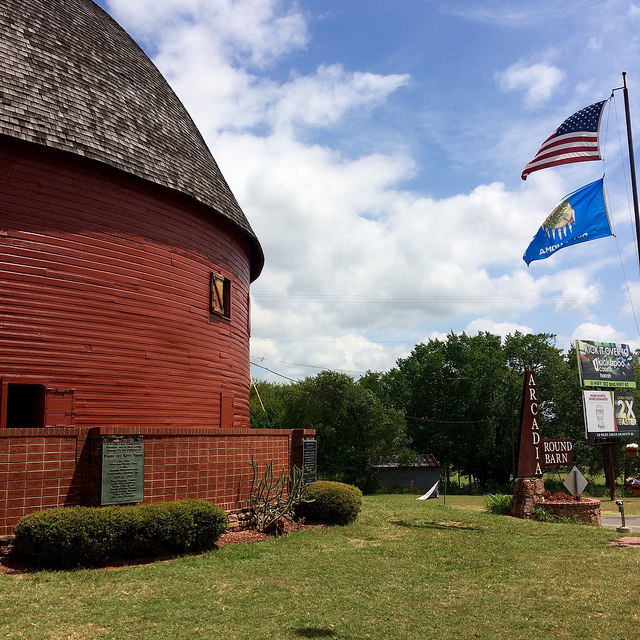
They renovated the caved-in roof and repaired the rest of the barn — it took them four years and $65,000 — $100,000 less than the original estimated cost, thanks to local community support. The group proudly received The National Preservation Honor Award in 1992 for their achievement, and barn was opened to visitors. Further repairs were made in 2005, but this time the work was funded by the National Park Service’s Route 66 Corridor Preservation Program. The volunteers once more repaired the barn to bring back its old shine.
